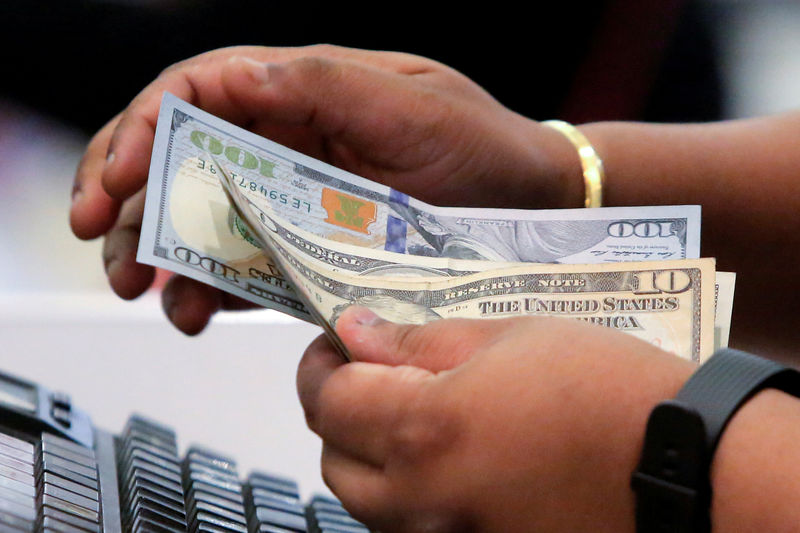By Lucia Mutikani
WASHINGTON (Reuters) - U.S. consumer prices rose moderately in April and underlying inflation remained muted, suggesting the Federal Reserve could keep interest rates unchanged for a while.
The persistently benign inflation reported by the Labor Department on Friday could, however, increase White House pressure on the U.S. central bank to cut rates. President Donald Trump has repeatedly criticized the Fed for tightening monetary policy, arguing that inflation was low.
"Great Consumer Price Index just out. Really good, very low inflation! We have a great chance to 'really rock!' Good numbers all around," Trump tweeted after the report.
The Fed last week kept interest rates unchanged and signaled little desire to adjust monetary policy anytime soon. Fed Chairman Jerome Powell said he believed the weak inflation readings "may wind up being transient."
The Consumer Price Index increased 0.3 percent last month, lifted by rising gasoline, rents and healthcare costs. The CPI gained 0.4 percent in March. It increased 2.0 percent in the 12 months through April after advancing 1.9 percent in March.
Economists polled by Reuters had forecast the CPI increasing 0.4 percent in April and rising 2.1 percent year-on-year.
Excluding the volatile food and energy components, the CPI edged up 0.1 percent as apparel prices dropped for a second straight month. The so-called core CPI has now increased by the same margin for three straight months.
In the 12 months through April, the core CPI increased 2.1 percent after gaining 2.0 percent in March.
The Fed, which has a 2 percent inflation target, tracks a different measure, the core personal consumption expenditures (PCE) price index, for monetary policy.
The core PCE price index increased 1.6 percent on a year-on-year basis in March, the smallest rise in 14 months, after advancing 1.7 percent in February. The April PCE price index data will be published later this month.
The dollar fell against a basket of currencies after the CPI data, while U.S. Treasuries extended gains.
In April, gasoline prices rose 5.7 percent, accounting for more than two-thirds of the increase in the CPI last month, after surging 6.5 percent in March.
Food prices dipped 0.1 percent in April, the first drop since June 2017, after gaining 0.3 percent in the prior month. Food consumed at home dropped 0.5 percent, the largest decline since March 2016.
But consumers paid more for rent and healthcare. Owners' equivalent rent of primary residence, which is what a homeowner would pay to rent or receive from renting a home, increased 0.3 percent last month after rising by the same margin in March.
Healthcare costs increased 0.3 percent, matching March's gain. There were increases in the cost of prescription medication and doctor visits. But the cost of hospital services fell 0.5 percent.
Apparel prices declined 0.8 percent last month. They plunged 1.9 percent in March, which was the biggest drop since January 1949, after the government introduced a new method and data to calculate apparel prices.
Prices for used motor vehicles and trucks fell 1.3 percent, decreasing for a third straight month. There were also declines in the cost of airline fares, alcoholic beverages and tobacco.

Prices for household furnishings fell for the first time in 10 months. The cost of new vehicles ticked up 0.1 percent after rising 0.4 percent in March.